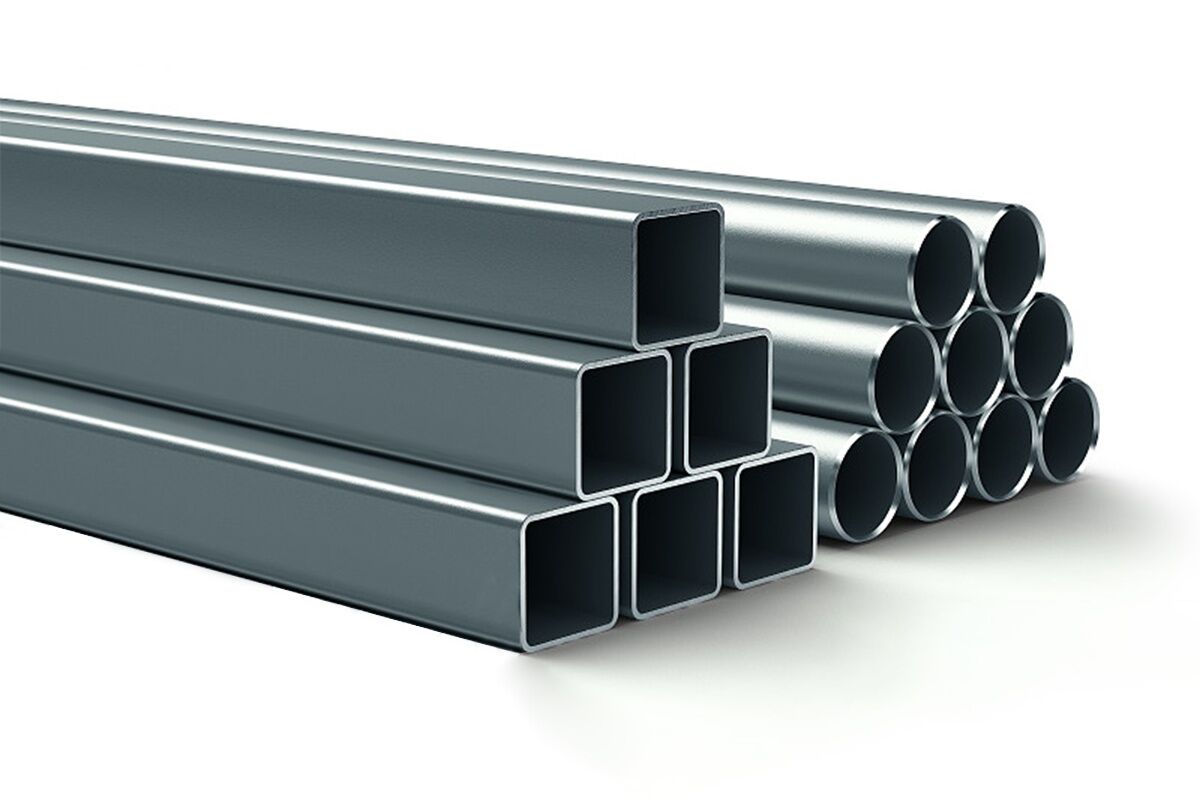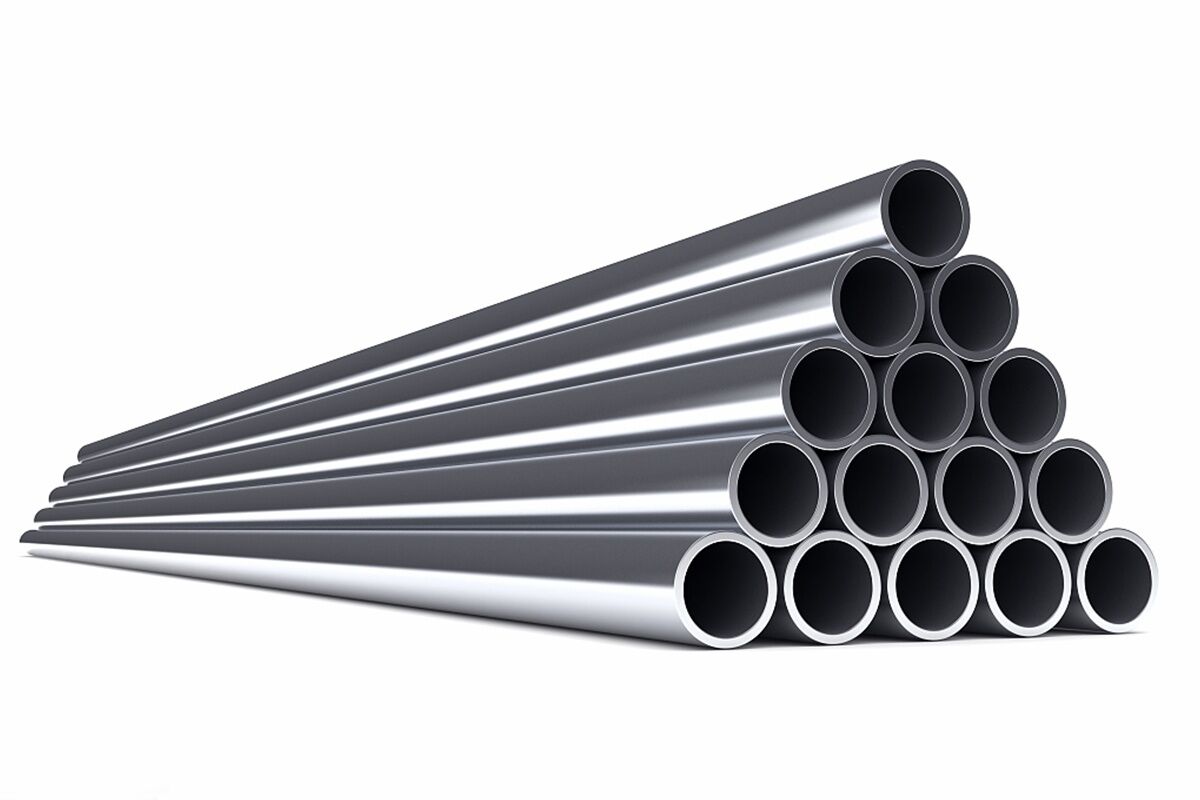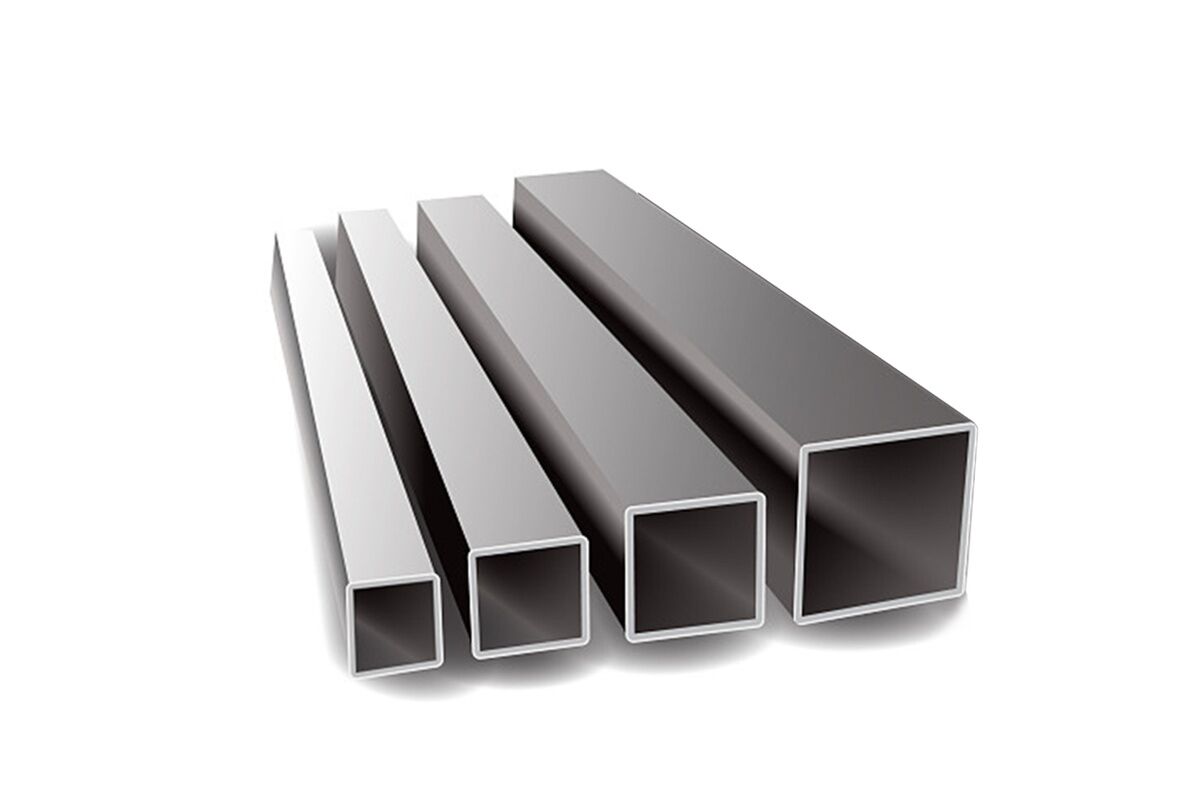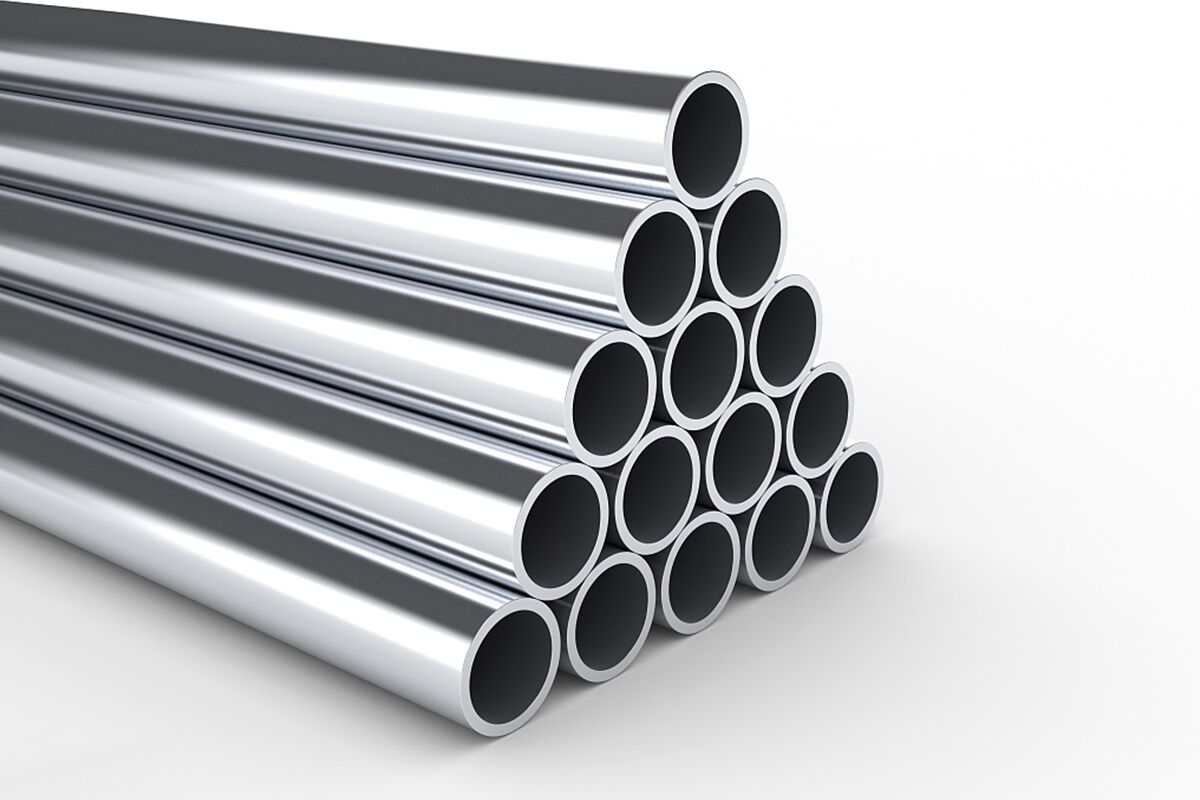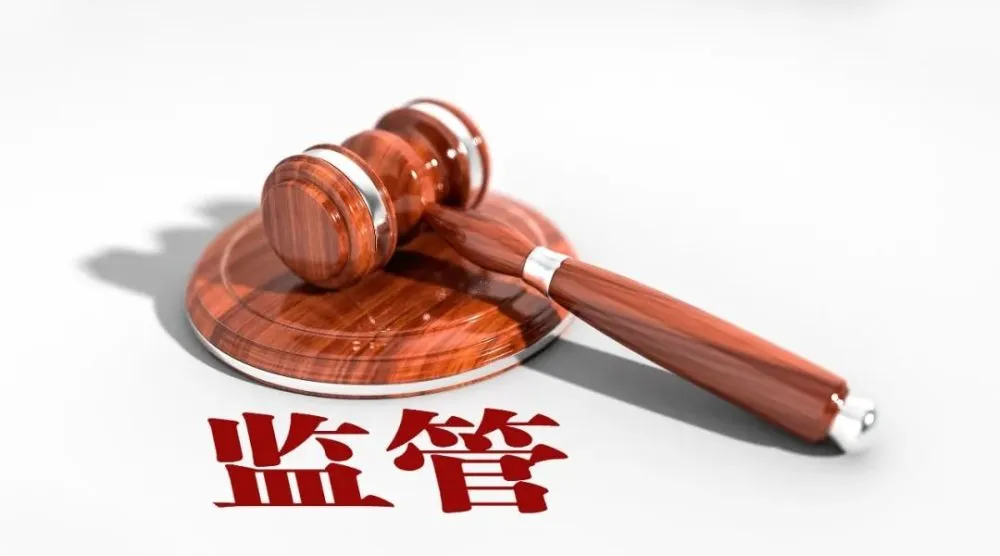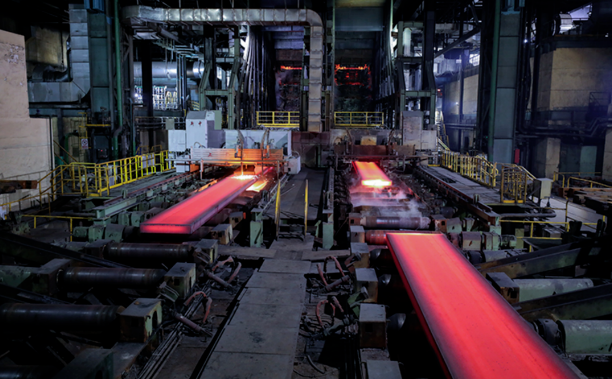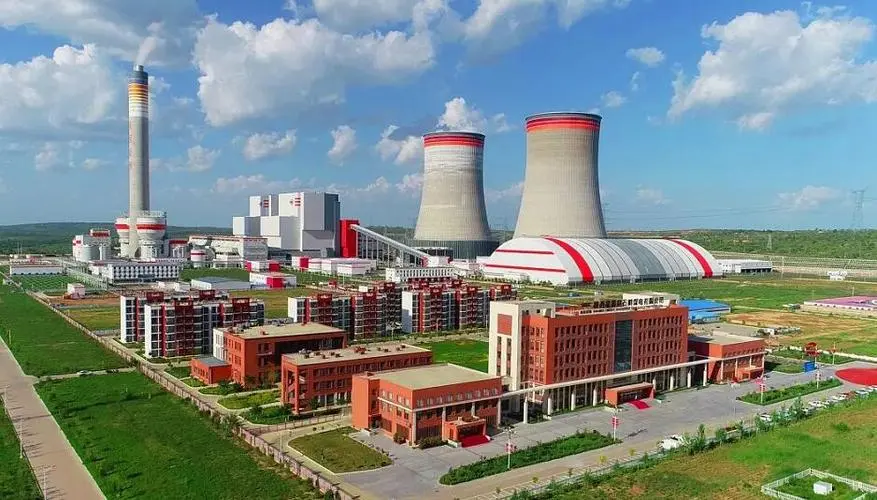
PRODUCT CENTER
CONTACT US
If you are interested in cooperation, please contact us immediately, we will give you feedback as soon as possible!
316L stainless steel tube
![]() Whatsapp : +8613176258356
Whatsapp : +8613176258356
![]() Email : [email protected]
Email : [email protected]
Product details table:
| Items | Details |
|---|---|
| Product Name | 316L Stainless Steel Tube |
| Place of Origin | Jiangsu, China |
| Production Process | Seamless tubes: Through a series of hot – working processes such as piercing, tube rolling, and sizing, solid stainless steel billets are processed into hollow tubes. The whole process has no weld seams, resulting in tubes with high strength and good quality. Welded tubes: Manufactured by forming, welding, and finishing stainless steel strips. Welding methods include argon arc welding, resistance welding, etc. It has high production efficiency and relatively low cost. |
| Execution Standards | Domestically, it complies with standards such as GB/T 14976 – 2022 Seamless Stainless Steel Tubes for Fluid Transport and GB/T 12771 – 2019 Welded Stainless Steel Tubes for Fluid Transport. Internationally, it refers to standards such as ASTM A213 (seamless), ASTM A249 (welded), and ASTM A312. |
| Chemical Composition | Carbon (C) ≤ 0.030%, Silicon (Si) ≤ 1.00%, Manganese (Mn) ≤ 2.00%, Phosphorus (P) ≤ 0.045%, Sulfur (S) ≤ 0.030%, Chromium (Cr): 16.00 – 18.00%, Nickel (Ni): 10.00 – 14.00%, Molybdenum (Mo): 2.00 – 3.00% (There may be slight differences in the actual product composition). |
| Types | Seamless tubes: Suitable for high – pressure, high – temperature, and occasions with strict requirements for tube quality, such as fluid transportation in petrochemical, power, and other fields. Welded tubes: Widely used for fluid transportation under general pressure, architectural decoration, mechanical structures, etc., and are cost – effective. |
| Specification Range | Round tubes: Outer diameter φ1mm – φ1200mm, wall thickness 0.15mm – 12.0mm; Square tubes: Side length 10mm×10mm – 200mm×200mm, wall thickness 0.5mm – 10mm; Rectangular tubes: Long side length 10mm – 300mm, short side length 10mm – 200mm, wall thickness 0.5mm – 10mm (Special specifications can be customized). |
| Length | Conventional lengths are 6m, 9m, 12m. Other lengths can be customized according to requirements. |
| Surface Treatment | Bright annealing (BA): The surface is as bright as a mirror, beautiful and with good corrosion resistance, often used in the food and medical industries. Pickling (AP): Removes the surface oxide scale, presenting a silver – gray metallic luster, suitable for general industrial applications. Polishing: Including mechanical polishing, electrolytic polishing, etc., which can achieve different levels of mirror effects and enhance the decorativeness. Brushing: A filamentous texture is formed on the surface, which is wear – resistant and has a unique texture, often used in architectural decoration and the appearance of home appliances. |
| Corrosion Resistance | Due to the presence of molybdenum, it has excellent resistance to various corrosive media such as chloride ions, sulfuric acid, and phosphoric acid, and is especially suitable for harsh environments such as marine and chemical industries. |
| High – temperature Resistance | It can maintain good mechanical properties in high – temperature environments and can withstand approximately 600°C, used in high – temperature pipeline systems. |
| Strength and Toughness | It has good strength and toughness and can withstand large pressure and impact force, ensuring safety and reliability in use. |
| Processability | It is easy to cut, bend, weld, flare, reduce, and other processing operations to meet different engineering design and installation requirements. |
| Chemical Industry | Used to make reaction kettle pipes, pipelines for transporting corrosive liquids and gases, heat exchangers, and other equipment. |
| Food and Beverage Industry | Used for fluid transportation pipes of food processing equipment, connecting pipes of storage tanks, etc., meeting hygiene standards. |
| Medical Field | Used to manufacture medical devices such as infusion tubes, surgical instruments, and medical equipment frames, with good biocompatibility. |
| Marine Engineering | Used as seawater cooling pipes for ships and structural pipes for offshore platforms to resist seawater corrosion. |
| Architectural Decoration | Used for supporting pipes of building curtain walls, railings, handrails, indoor decorative shape pipes, etc., combining beauty and durability. |
| Power Industry | Applied to high – temperature and high – pressure steam pipes, condenser pipes, etc. in power plants. |
| Quality Assurance | Provide material certificates, mechanical property test reports, chemical composition analysis reports, and support third – party testing. |
| Packaging Methods | Naked packaging: Suitable for short – distance transportation, large – batch products with low surface requirements. The tubes are bundled into bundles with steel strips or iron wires. Moisture – proof paper + steel strip bundling: First wrap the tubes with moisture – proof paper, and then bundle them with steel strips to prevent rusting due to moisture during transportation, suitable for long – distance transportation. Wooden box packaging: For high – precision, special – specification, or tubes with extremely high surface quality requirements, wooden box packaging is used to ensure transportation safety. |
| Delivery Time | 3 – 7 days for regular specification orders; 7 – 15 days for customized specification orders. |
| Payment Terms | T/T (Telegraphic Transfer), L/C (Letter of Credit), negotiable. |
| After – sales Service | Provide technical consultation. In case of product quality problems, negotiate for return, replacement, or replenishment. |
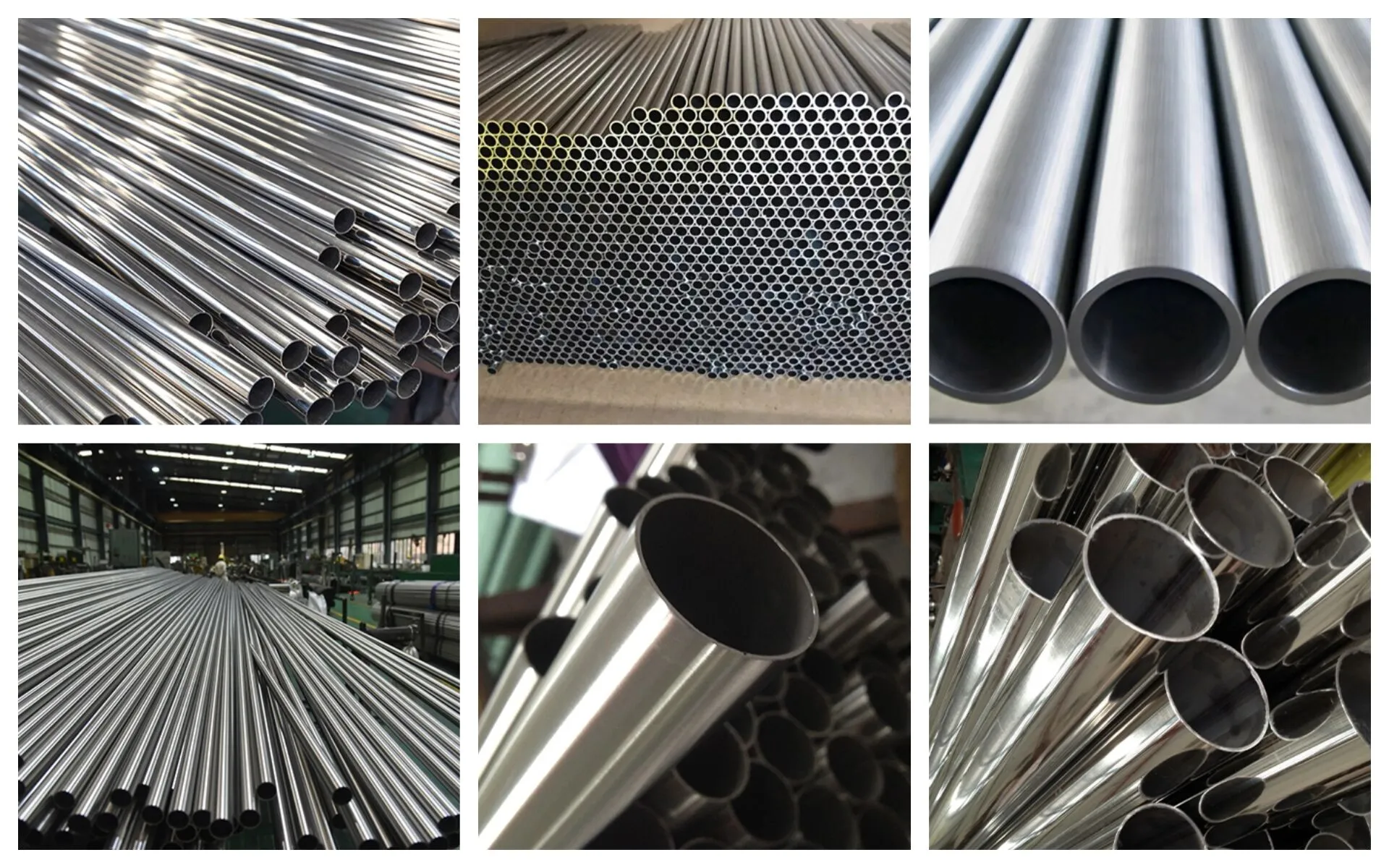
Physical and chemical properties:
Physical Properties
- Density: The density of 316L stainless steel tube is approximately 7.98 g/cm³. This relatively high density gives it a certain weight, which is beneficial for applications requiring stability and strength.
- Melting Point: It has a melting point in the range of 1370 – 1400 °C. This high melting point allows it to maintain its structural integrity in high – temperature environments to a certain extent.
- Thermal Conductivity: The thermal conductivity of 316L stainless steel is relatively low, about 16.2 W/(m·K) at 100 °C. This property makes it a good material for applications where heat insulation is required.
- Electrical Conductivity: It has relatively low electrical conductivity, which is on the order of 1.4 × 10⁶ S/m. This makes it suitable for applications where electrical insulation or controlled conductivity is needed.
- Mechanical Properties: 316L stainless steel tube has good strength and toughness. Its yield strength is generally not less than 172 MPa, and its tensile strength is in the range of 485 – 655 MPa. It also has good elongation, usually not less than 40%. These mechanical properties enable it to withstand various mechanical forces and deformations without easy breakage.
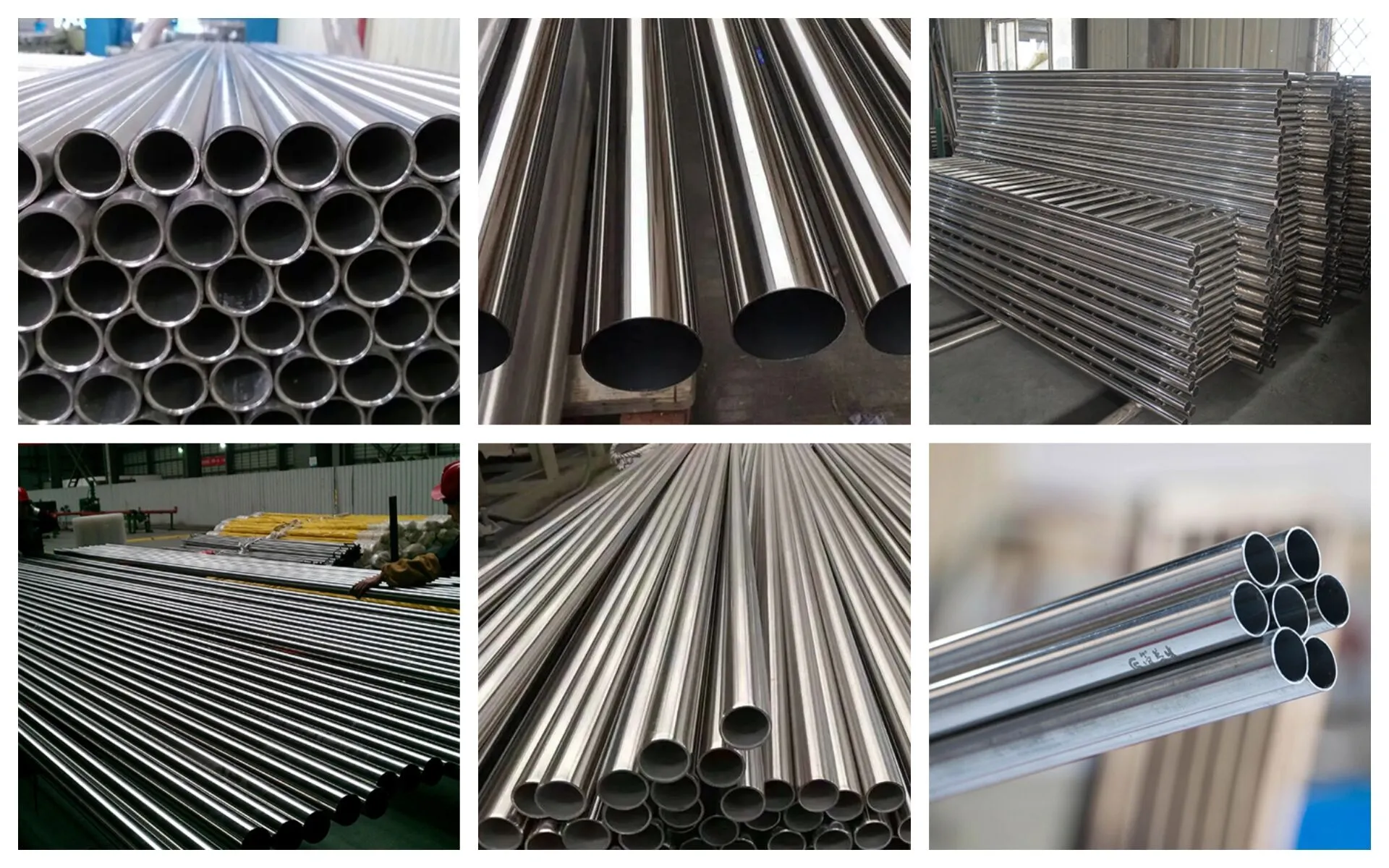 Chemical Properties
Chemical Properties
- Corrosion Resistance: The addition of molybdenum (Mo) in 316L stainless steel significantly enhances its corrosion resistance, especially in chloride – containing environments. It can resist the corrosion of various acids, alkalis, and salts, and has excellent resistance to pitting and crevice corrosion. This makes it widely used in harsh chemical environments, such as the marine and chemical industries.
- Oxidation Resistance: At high temperatures, 316L stainless steel forms a dense oxide film on its surface, which can prevent further oxidation and maintain good oxidation resistance. It can withstand certain high – temperature oxidation environments, but continuous use at extremely high temperatures may still lead to some degree of oxidation.
- Stability in Chemical Reactions: It has good chemical stability and is less likely to participate in chemical reactions under normal conditions. It can maintain its chemical properties unchanged in contact with many substances, ensuring the reliability and durability of applications in various chemical processes.
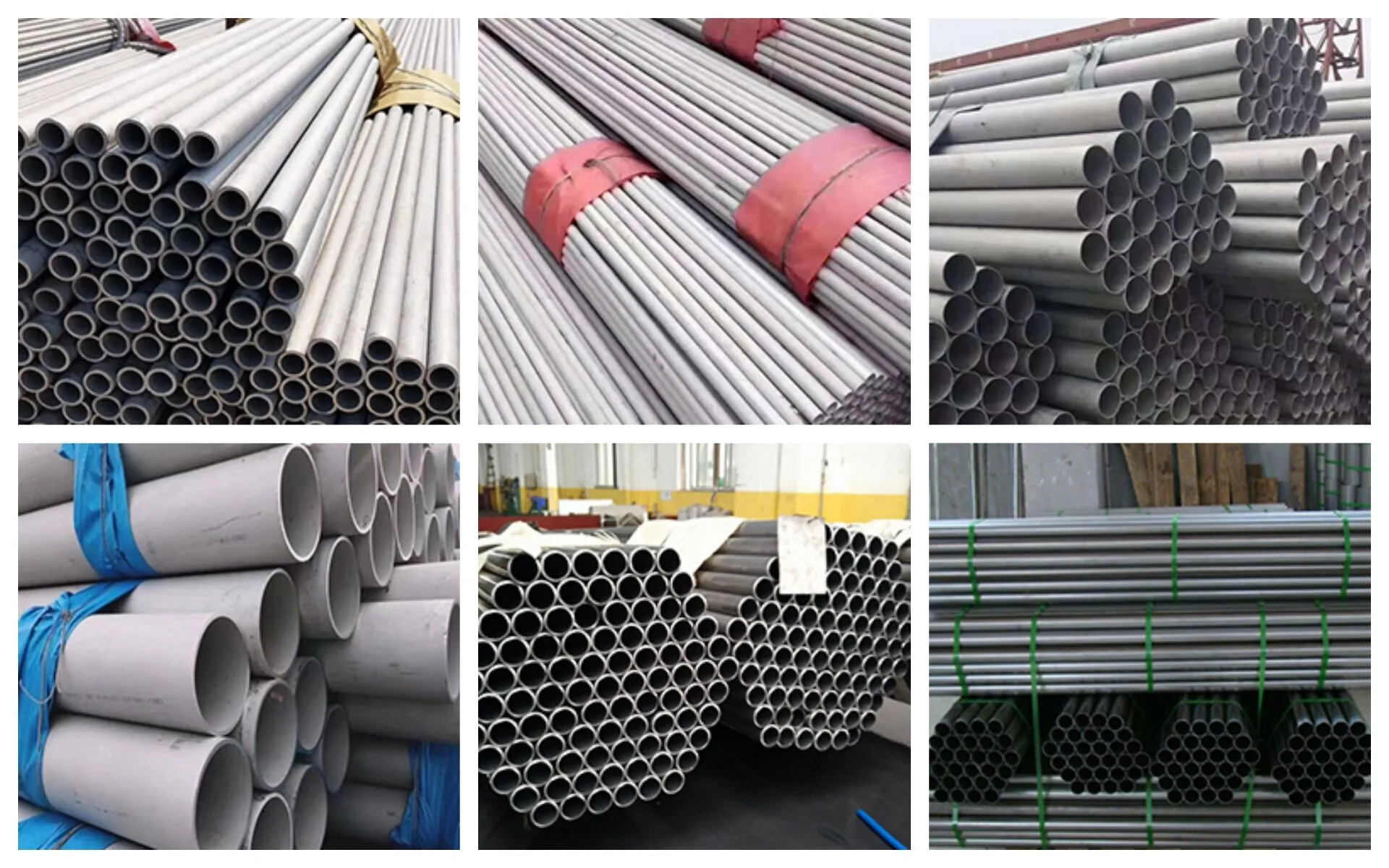 Application:
Application:
316L stainless steel tube finds extensive applications across diverse industries. In the chemical industry, it is crucial for transporting corrosive substances like acids and alkalis due to its excellent corrosion resistance. In the food and beverage sector, it is used for manufacturing pipes and equipment, ensuring hygiene and preventing contamination. In marine engineering, it is the material of choice for ship pipelines and offshore structures, withstanding seawater corrosion. In the medical field, it is employed to produce surgical instruments and hospital equipment, thanks to its biocompatibility and durability. Additionally, in architecture, it serves as decorative elements, handrails, and structural supports, combining aesthetic appeal with strength and corrosion – resistance.
